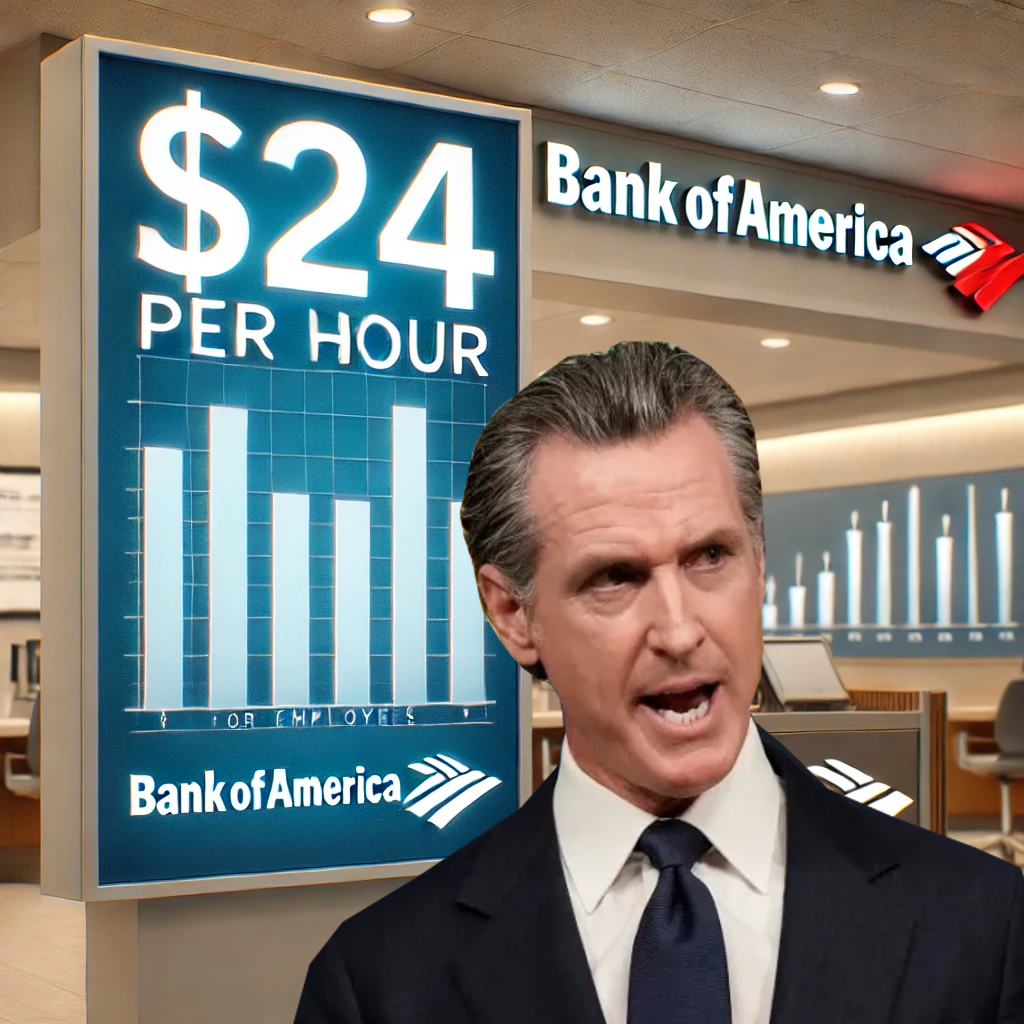As Bank of America raises its minimum hourly wage to $24, surpassing California’s newly approved $20 minimum wage for fast-food workers, questions are surfacing about how these increases could exacerbate already rising inflation. With inflation already a significant concern for consumers and policymakers, such substantial wage hikes across industries may contribute to further price increases, deepening the impact on the overall economy.
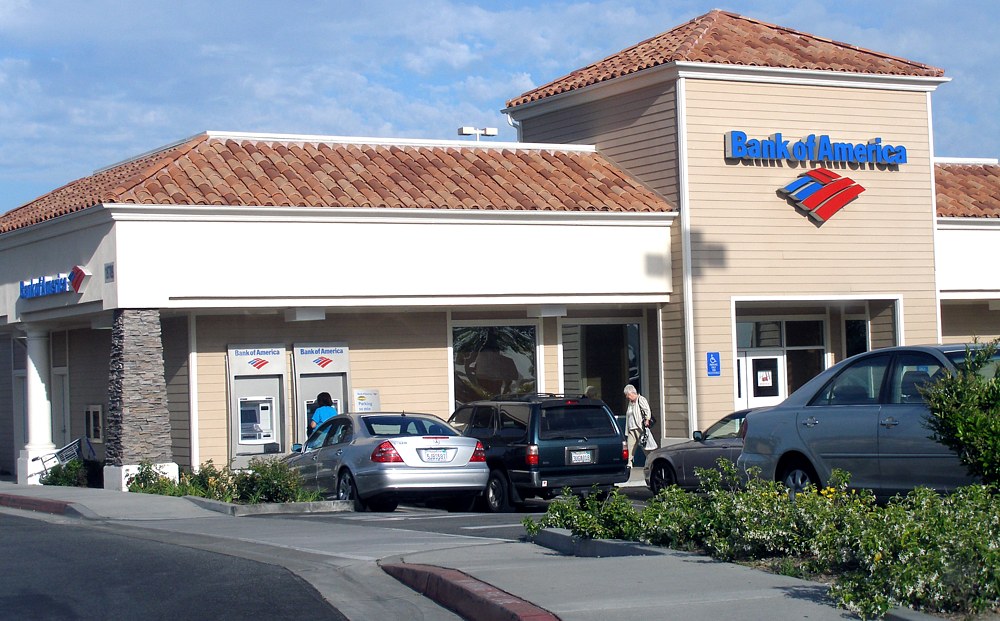
Beginning in October, Bank of America will raise its minimum wage to $24 per hour, up from $23, impacting thousands of the bank’s 212,000 employees, particularly customer-facing roles like tellers and call-center workers. The move is part of the bank’s aggressive strategy to stay competitive in a tight labor market, where worker shortages have become more pronounced in jobs that cannot be performed remotely. Since 2019, the bank has steadily increased wages, starting at $15 per hour with a commitment to reach $25 by 2025.

However, this wage increase also comes amid rising inflation and growing concerns that higher wages across multiple industries may further drive prices up. The U.S. Bureau of Labor Statistics estimates that banks will need to fill 27,000 teller positions annually over the next decade. By raising wages above the national average for bank tellers, which was $18.10 per hour in 2023, Bank of America aims to address labor shortages. But as wage pressures grow, they could have ripple effects beyond just the labor market.

On the West Coast, California Governor Gavin Newsom has signed legislation that will increase the minimum wage for fast-food workers to $20 per hour, starting in April 2024. The legislation creates a Fast Food Council, granting workers a voice in setting wages and working conditions, further empowering employees in the fight for better pay. For many, this represents a significant win after years of activism.

Governor Newsom, during the bill signing, stated, “California is home to more than 500,000 fast-food workers who – for decades – have been fighting for higher wages and better working conditions. Today, we take one step closer to fairer wages.” This new law is seen as historic for the fast-food industry and could set the stage for future wage increases in other sectors.
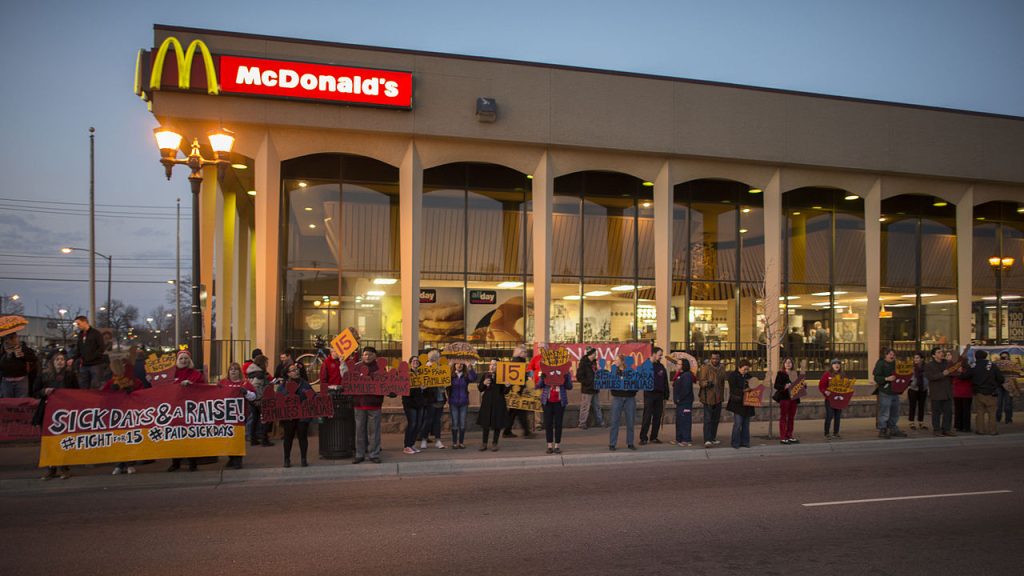
While this wage increase is a victory for workers, particularly in one of the nation’s most expensive states, it could contribute to rising prices in the fast-food sector and beyond. As wages go up, the costs of goods and services, particularly in labor-intensive industries, tend to follow, often passed on to consumers in the form of higher prices.

Rising wages have long been associated with inflationary pressures, particularly when they occur across industries at such a rapid pace. As businesses raise wages to attract and retain workers, they often need to increase prices to maintain profitability. This dynamic can create a feedback loop: as wages rise, prices rise, leading workers to demand even higher wages to keep up with the cost of living.

Bank of America’s decision to raise wages may reflect a short-term need to address worker shortages, but the potential long-term impact on inflation cannot be ignored. With fast-food workers also seeing a wage boost to $20 per hour in California, these wage increases could spread to other sectors, contributing to higher overall inflation.
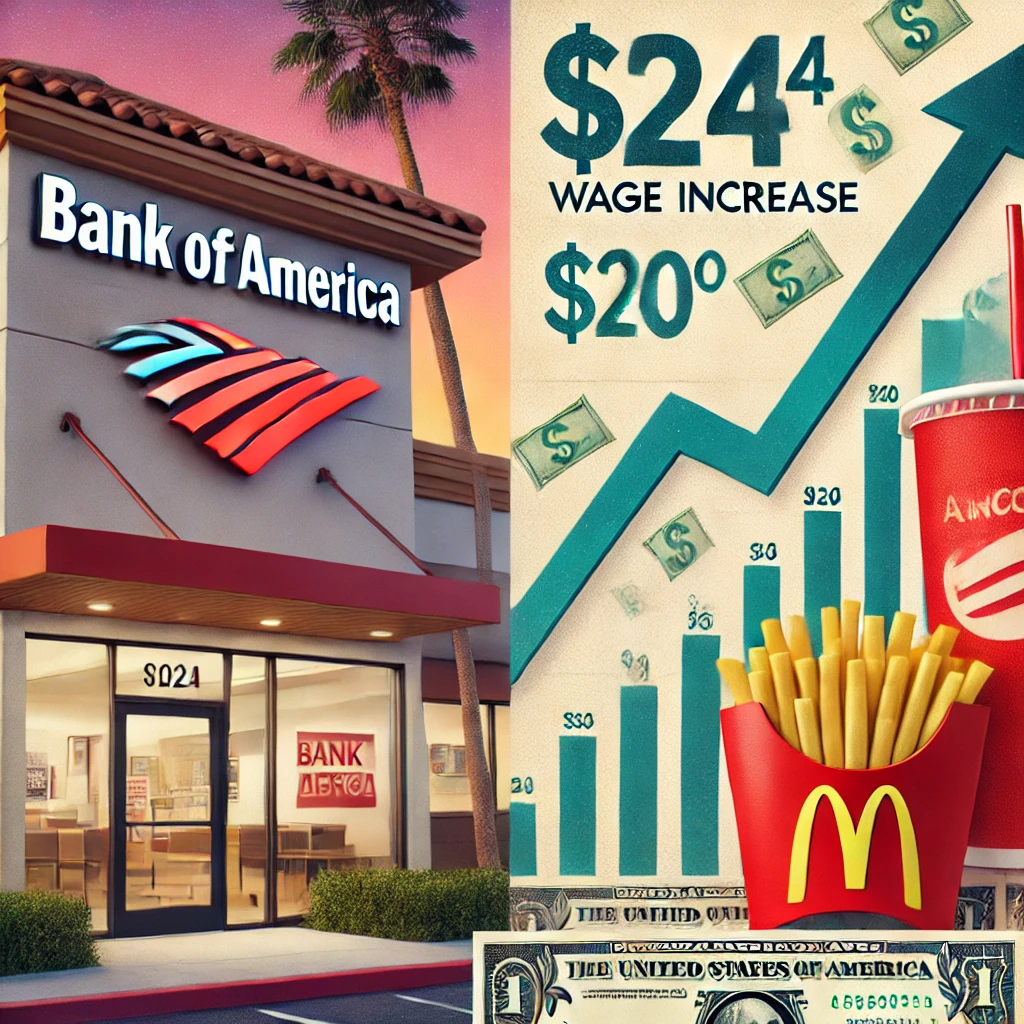
While wage hikes are essential for workers trying to make ends meet, particularly in high-cost areas like California and major urban centers where Bank of America operates, the economic consequences of these pay raises may extend far beyond the workers themselves.

The broader concern is that, as wages rise, the increased cost of labor will be passed on to consumers, potentially raising prices across the board. The fast-food industry, for instance, may see an increase in menu prices as chains struggle to offset the higher costs of labor. Similarly, financial institutions like Bank of America could see operational costs rise, potentially leading to higher fees for banking services.
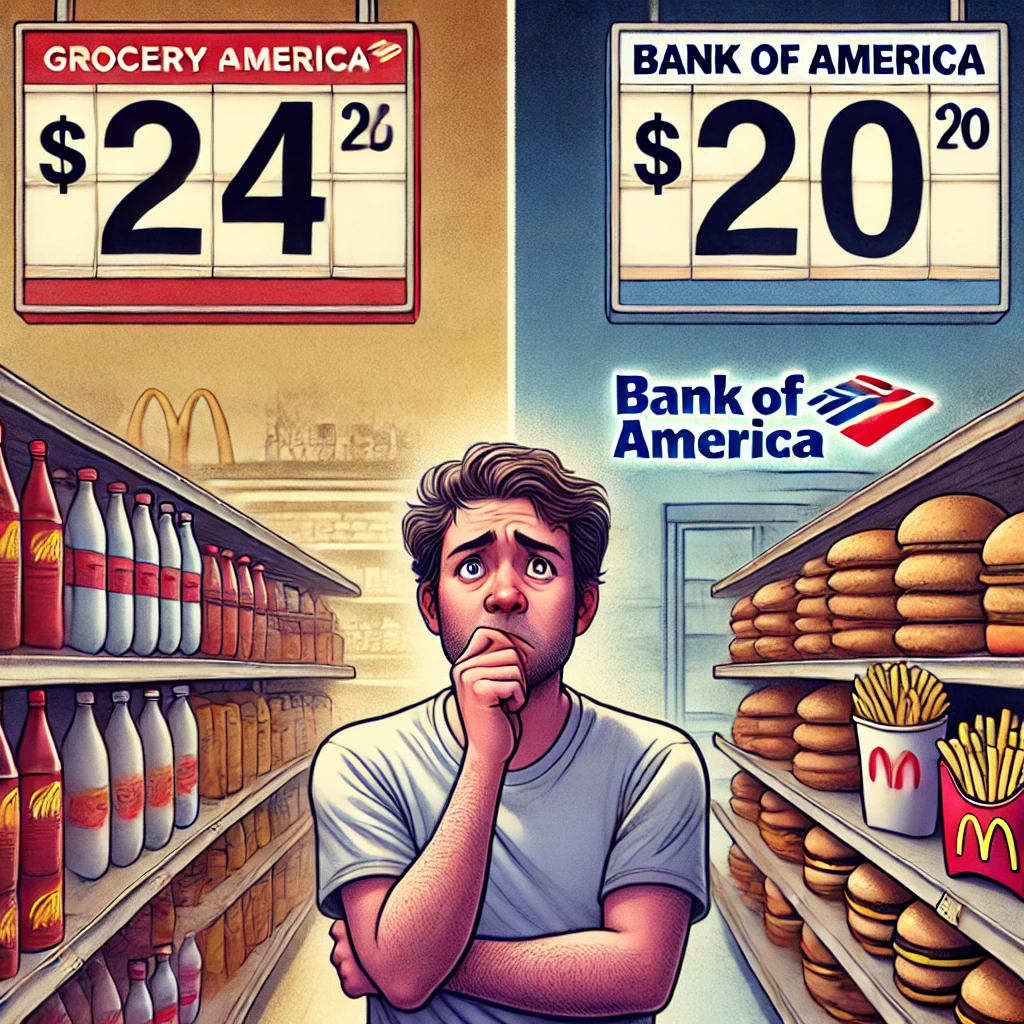
Even though these wage increases are aimed at improving the quality of life for workers, they come at a time when inflation is already straining household budgets. With food prices, rent, and energy costs continuing to rise, additional inflationary pressures could make it even more difficult for consumers to navigate the current economic landscape.

As wage growth continues, the challenge will be to prevent these increases from spiraling into an inflationary cycle that affects all consumers, regardless of whether they are receiving higher pay. If businesses cannot absorb the costs of these wage increases, price hikes will likely follow, placing even more pressure on the economy.

